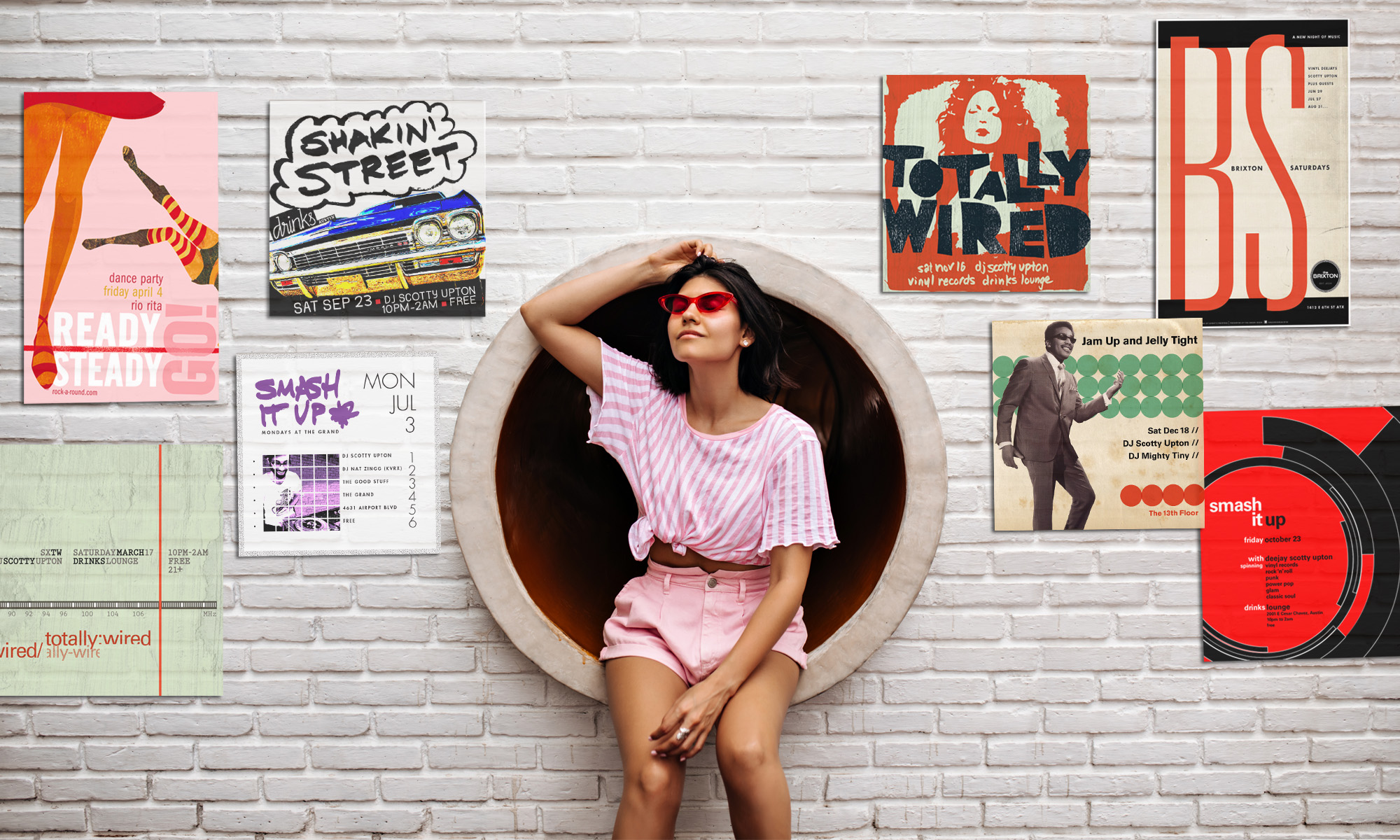See some of the winners from the Press Lions at Cannes…
01 Grand Prix: Apple iPad mini
Agency: TBWA/Media Arts Lab, Los Angeles
These iPad mini ads, released late last year, were placed on the back covers of several national magazines—including Time, Wired and The New Yorker. The tablet is shown actual size, with its display featuring that magazine’s front cover.

02 Two Gold Lions: Penguin Audiobooks
Agency: McCann, Mumbai
This campaign turned famous authors into headphones.

03 Two Gold Lions: Sunlight Dishwasher Detergent (Unilever)
Agency: Lowe, Bangkok, Thailand
Get that pig off your plate with Sunlight. An average idea, perhaps, but the illustrations are impressive.

04 Gold Lion: Comedy Central
Agency: Grey, Buenos Aires, Argentina
These ads are an homage to Mad magazine’s “fold-ins.” Fold the page to meet the dotted lines… comedy ensues.

05 Gold Lion: Dove beauty products (Unilever)
Agency: Ogilvy, São Paulo, Brazil
What follows is one of the drawings from the famous “Real Beauty Sketches” campaign, which won the Titanium Grand Prix this year. At left is a woman as described to a sketch artist by the woman. At right is the same woman as described by a stranger.

Courtesy Tim Nudd, Adweek











